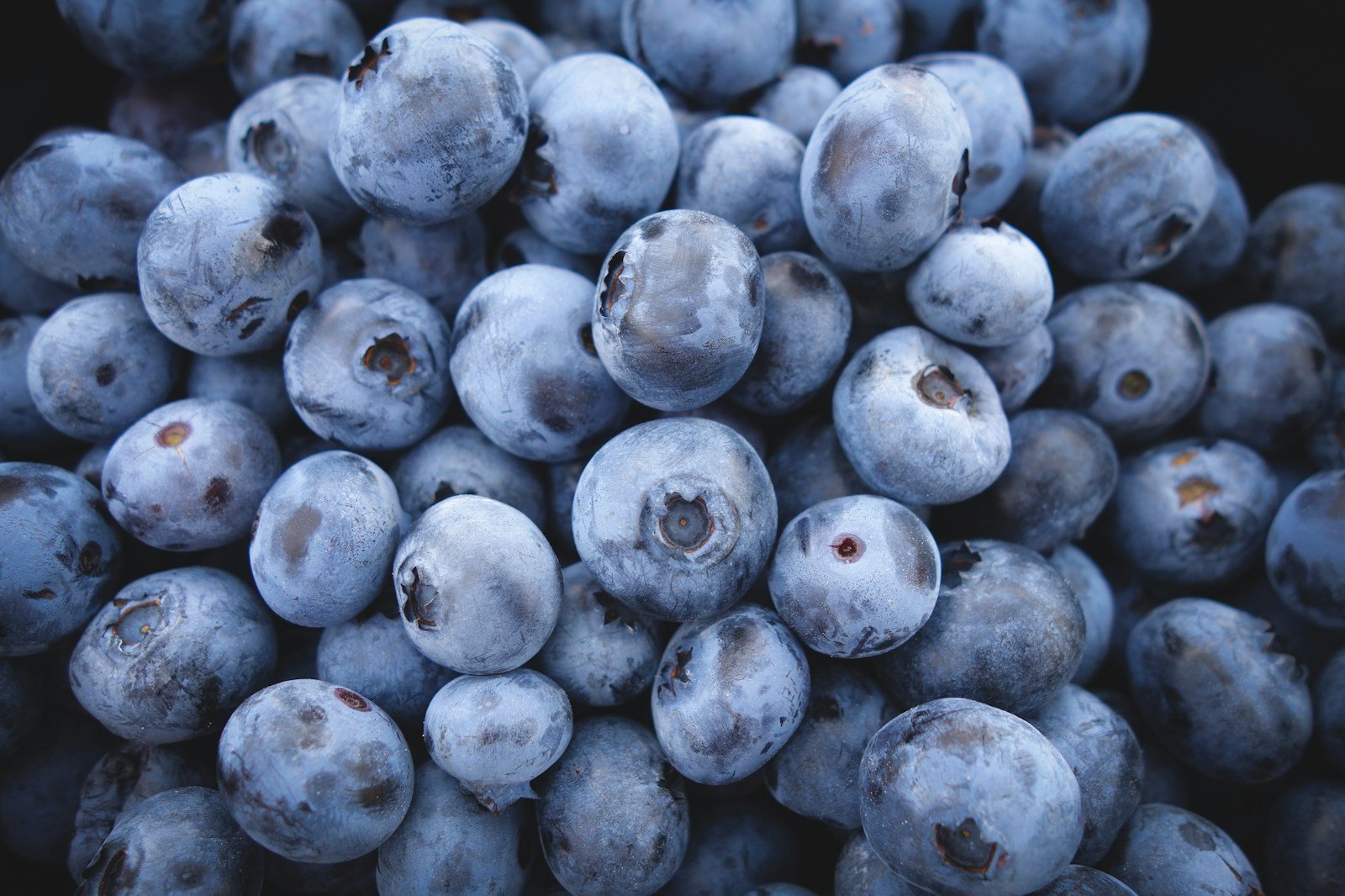Polyphenols are a diverse group of micronutrients found in plant-based foods, known for their antioxidant properties and potential health benefits. However, the way foods are cooked can significantly affect the polyphenol content, altering their availability and potency. Understanding how various cooking methods influence polyphenol levels can help individuals make informed choices to maximize their intake of these valuable compounds.
Effects of Cooking Methods on Polyphenol Content
- Boiling: Boiling is a common cooking method that involves immersing food in hot water. While it is effective for softening foods, it can lead to significant losses of polyphenols. Water-soluble polyphenols are prone to leaching into the cooking water, resulting in reduced levels in the final dish.
- Steaming: Steaming is a gentler cooking method that involves exposing food to steam from boiling water. Compared to boiling, steaming leads to fewer losses of polyphenols since there is no direct contact with water. Steamed foods retain more of their natural flavors and nutrients, including polyphenols.
- Grilling and Roasting: Grilling and roasting expose food to high heat, resulting in browning and caramelization. While these methods enhance the flavor and texture of foods, they can also cause the degradation of polyphenols due to heat exposure. However, some studies suggest that grilling and roasting may increase the concentration of certain polyphenols, particularly flavonoids.
- Microwaving: Microwaving is a quick and convenient cooking method that uses electromagnetic radiation to heat food. While microwaving generally preserves more nutrients compared to other methods, its impact on polyphenol content varies depending on the food and cooking time. Shorter cooking times and lower power levels may help retain more polyphenols.
- Frying: Frying involves cooking food in hot oil, which can lead to significant losses of polyphenols due to oxidation and heat degradation. However, the type of oil used and frying temperature can influence the extent of polyphenol loss. Using healthier oils with higher smoke points and minimizing frying time can help preserve polyphenol content to some extent.
Impact of Cooking Duration:
- Short Cooking Times: Brief cooking methods like steaming or stir-frying at moderate temperatures may help preserve polyphenol content compared to prolonged cooking methods like boiling or baking. These methods minimize heat exposure and reduce the loss of polyphenols through leaching.
- Extended Cooking Times: Prolonged cooking, especially at high temperatures, can significantly decrease the polyphenol content of foods. Boiling vegetables for an extended period, for example, may lead to substantial polyphenol loss due to leaching and thermal degradation.
FAQ
Q: Can I retain polyphenols while cooking vegetables?
A: Yes, opting for gentler cooking methods like steaming or microwaving for shorter durations can help preserve polyphenol content in vegetables.
Q: Are there any cooking methods that enhance polyphenol levels?
A: While most cooking methods can lead to polyphenol loss, some studies suggest that grilling and roasting may increase the concentration of certain polyphenols, although more research is needed to confirm these findings.
Q: Can I retain more polyphenols by cooking foods at lower temperatures for longer durations?
A: Cooking at lower temperatures can help preserve polyphenols to some extent, but prolonged cooking may still lead to degradation. Opting for shorter cooking times and gentler cooking methods is generally recommended to minimize polyphenol loss.
Conclusion
Cooking methods play a crucial role in determining the polyphenol content of foods. While some methods may lead to significant losses, others can help preserve or even enhance polyphenol levels. Choosing gentler cooking techniques like steaming or microwaving, and being mindful of cooking times and temperatures, can help retain the nutritional benefits of polyphenols in our diets.
Sources:
- “Effect of cooking methods on polyphenols content and antioxidant activity of selected vegetables.” – PubMed
- “Impact of Cooking and Osmosis Processes on Polyphenolic Profile and Antioxidant Capacity of Artichoke, Broccoli, and Red Beet.” – PubMed
- “Effects of different cooking methods on the concentration of bioactive compounds and antioxidant capacity of Agaricus bisporus mushrooms.” – ScienceDirect
Key Takeaways:
- Boiling and frying tend to lead to significant losses of polyphenols due to leaching and oxidation.
- Steaming and microwaving are gentler cooking methods that help preserve polyphenol content to a greater extent.
- Grilling and roasting may enhance the concentration of certain polyphenols, but more research is needed in this area.


Leave a Reply